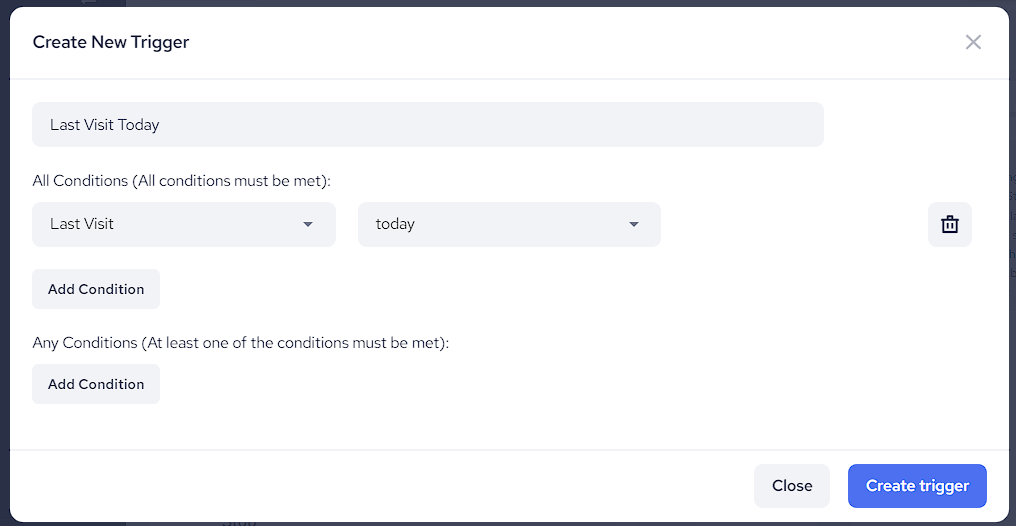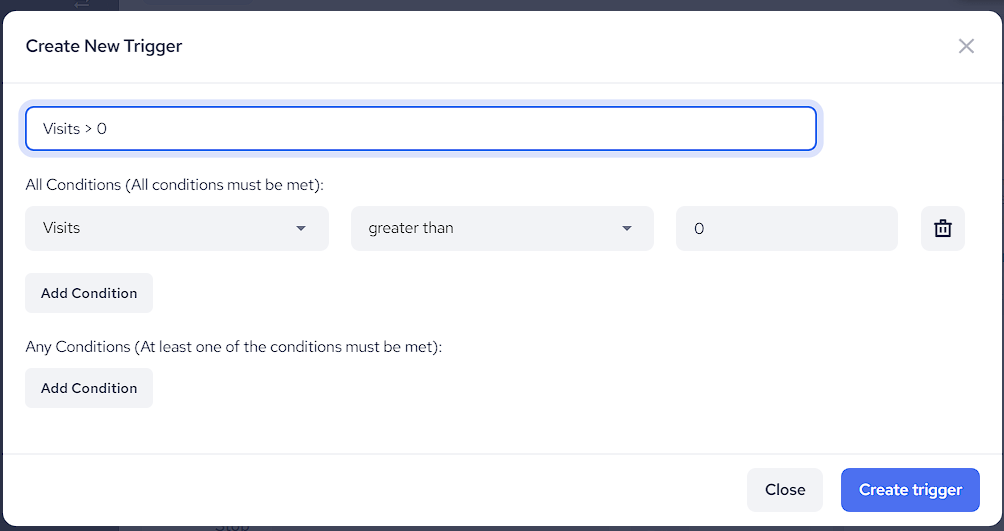Stop triggers are crucial for managing follow-up sequences in our system, ensuring that messages aren’t sent to recipients who meet specific conditions. Understanding when and how these triggers are evaluated is key to avoiding confusion.
When Are Stop Triggers Evaluated?
Stop triggers are evaluated only when a follow-up message is about to be sent. At that moment, the system checks if the recipient meets the conditions specified in the stop trigger.
Time-Sensitive Conditions
For example, if a stop trigger is set to halt follow-ups when the condition is "Last Visit Today," the system will check the recipient's visit history only when the follow-up text or email is being sent. If the recipient hasn't visited on the exact day the message is sent, the trigger won't stop the follow-up, even if they visited recently.

A More Effective Approach
If you want follow-ups to stop after a certain number of visits, consider adjusting the stop trigger condition. For instance, instead of using the "Last Visit = Today" condition, you can use "Visits greater than 0" to stop follow-ups after the recipient has visited at least once. This approach aligns better with the typical goal of such a trigger: stopping messages once the recipient has visited your business.
